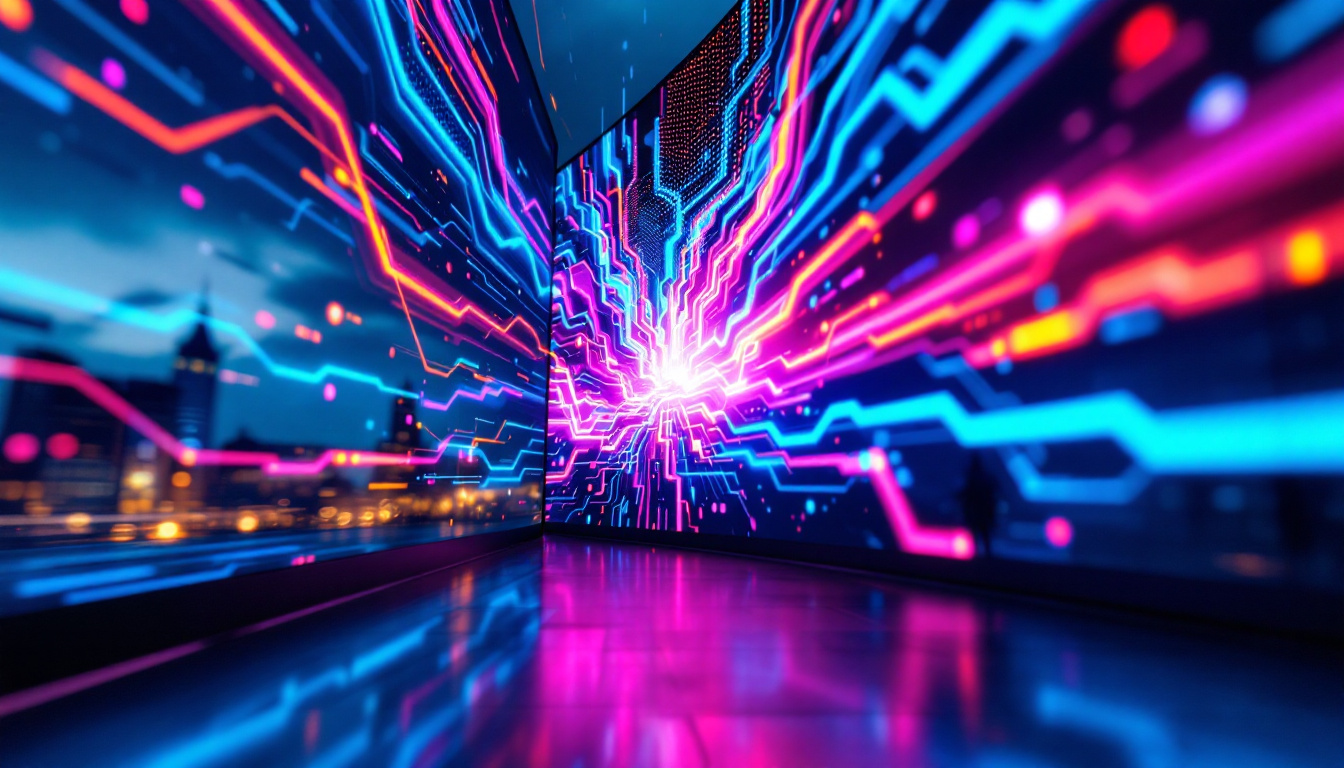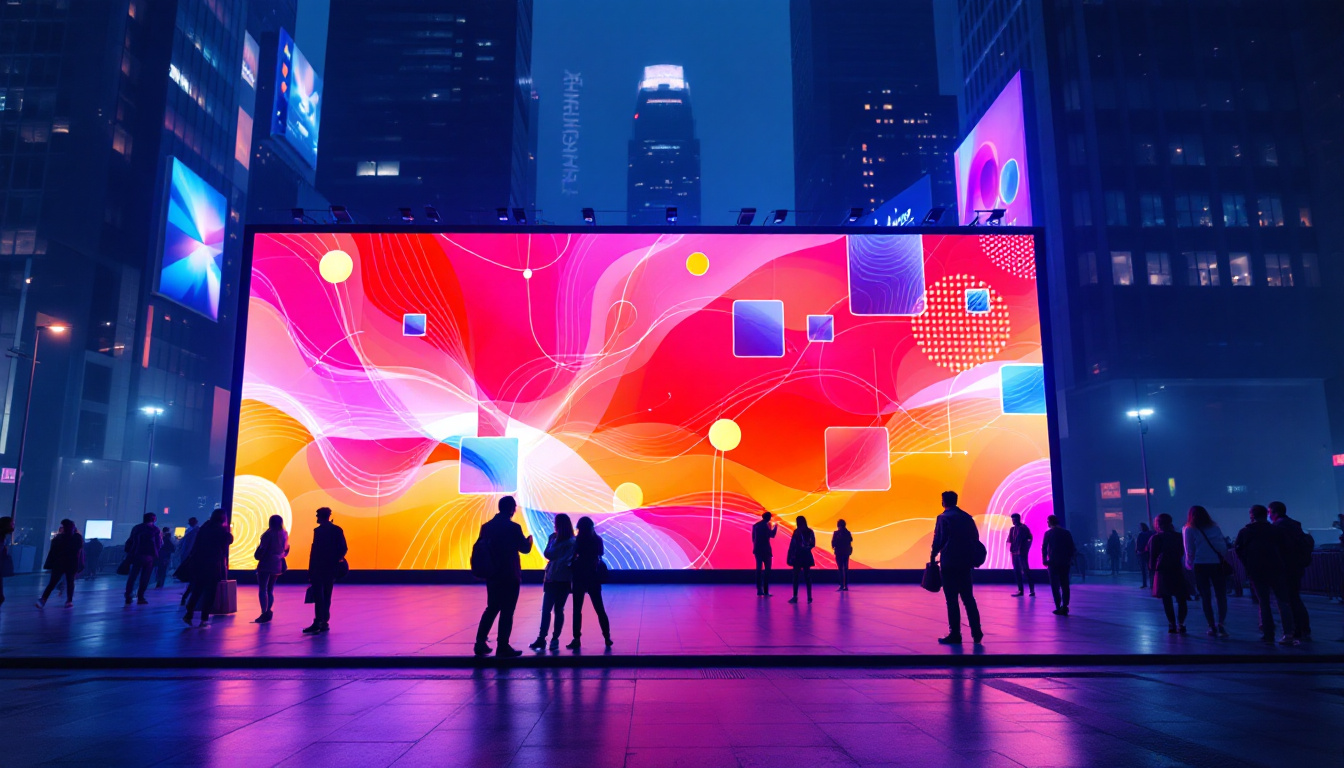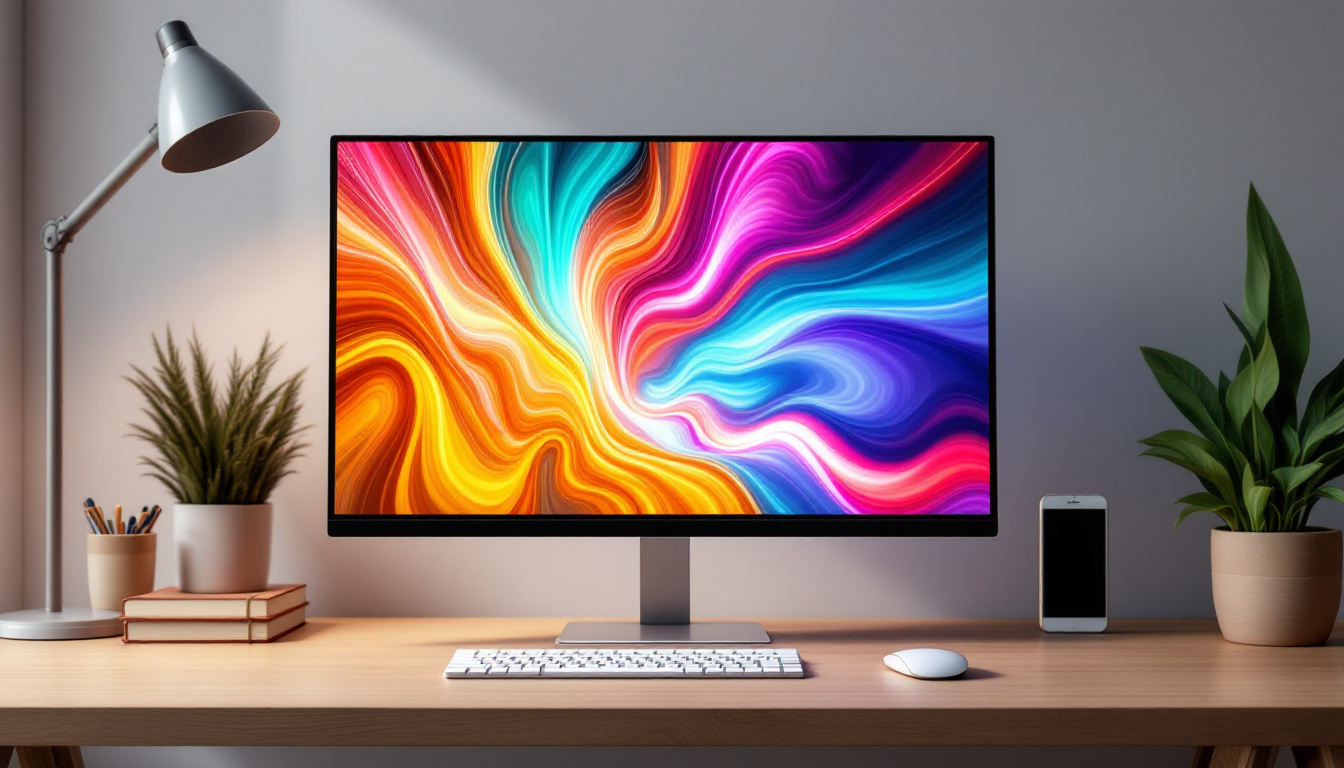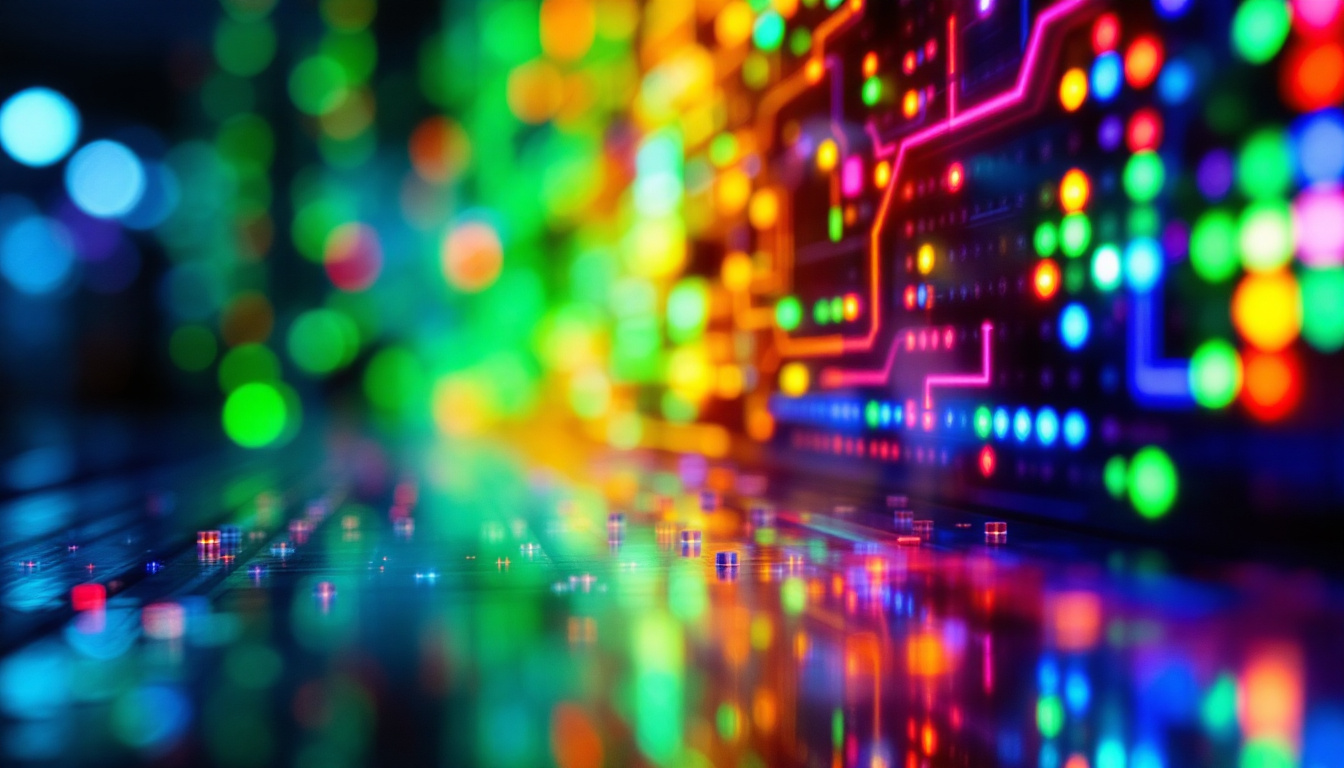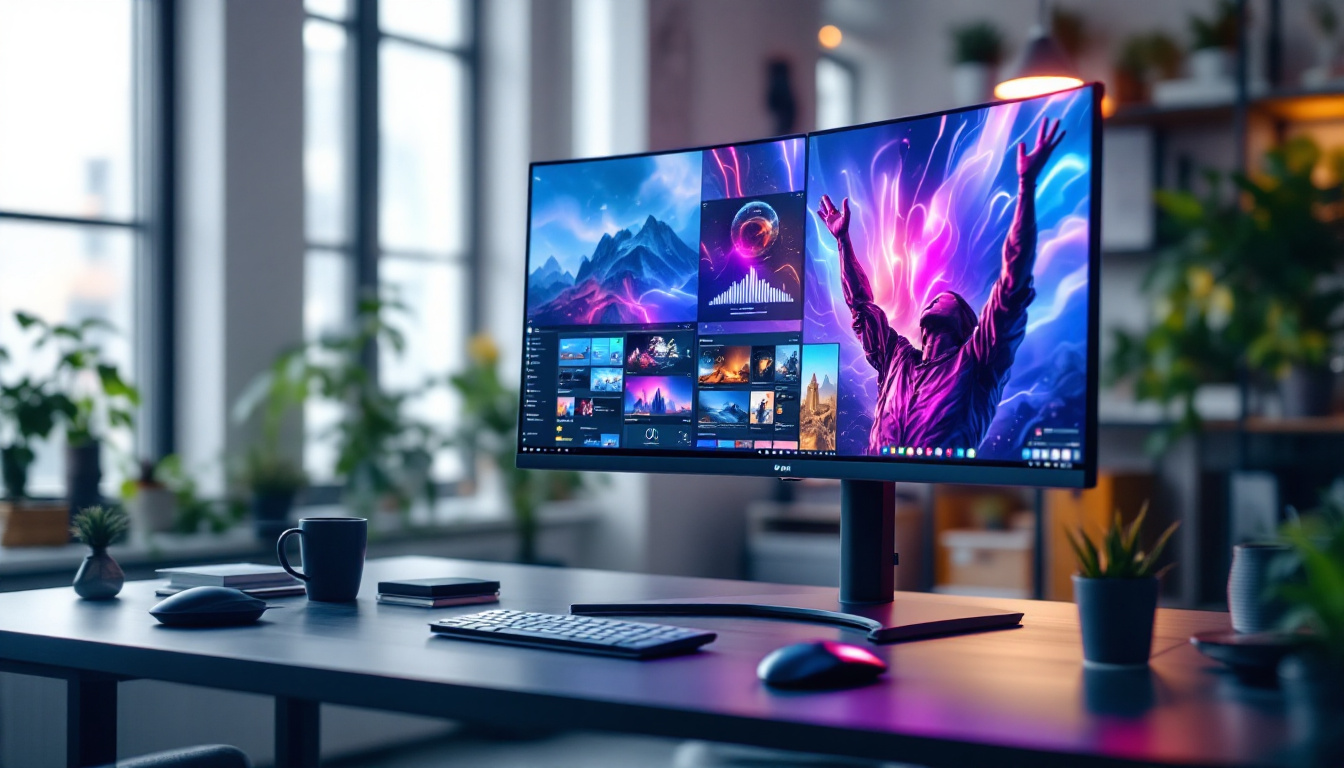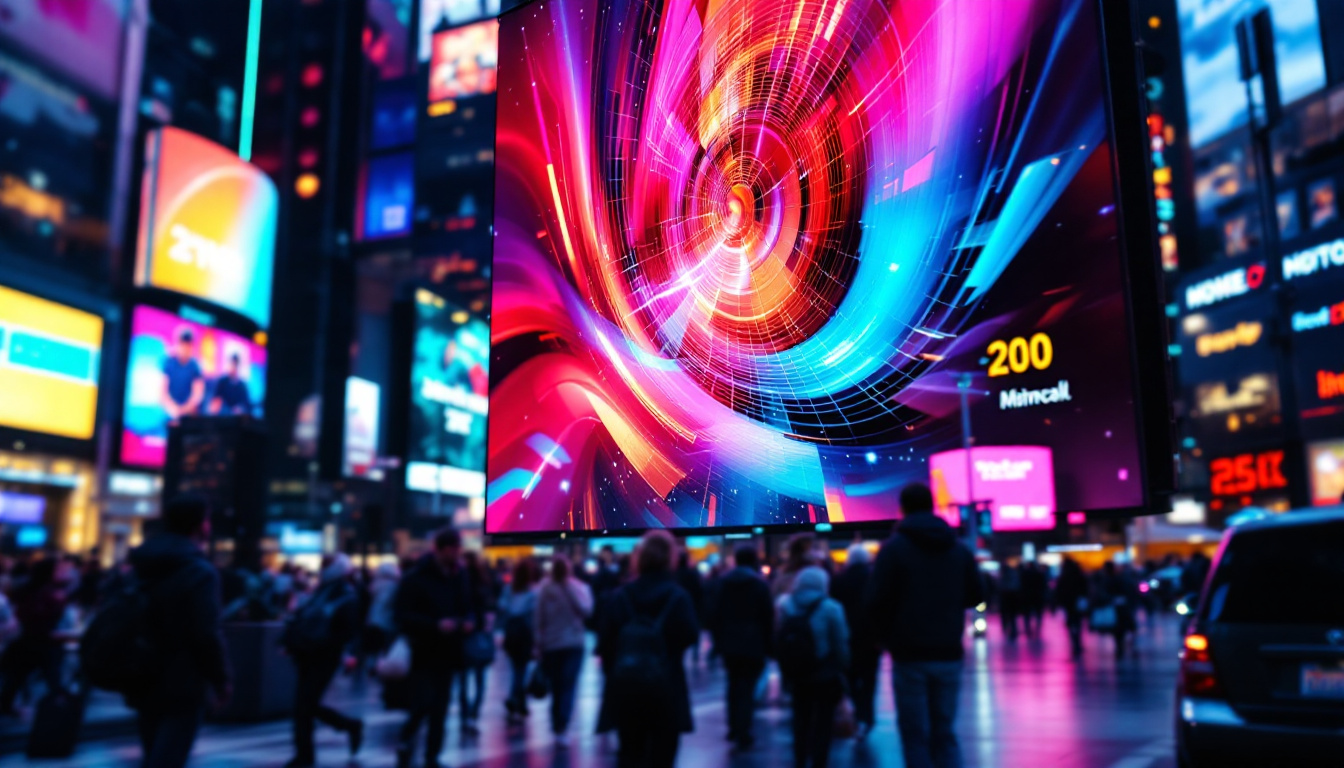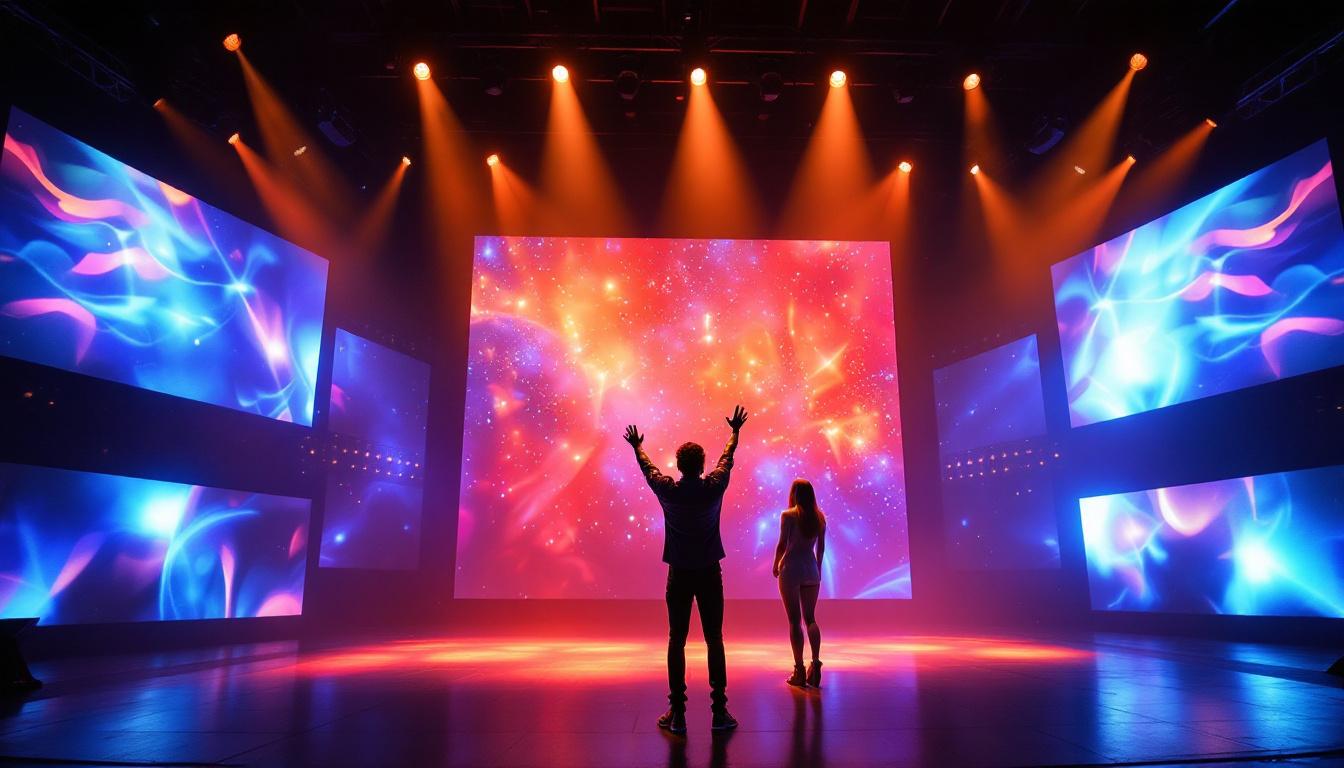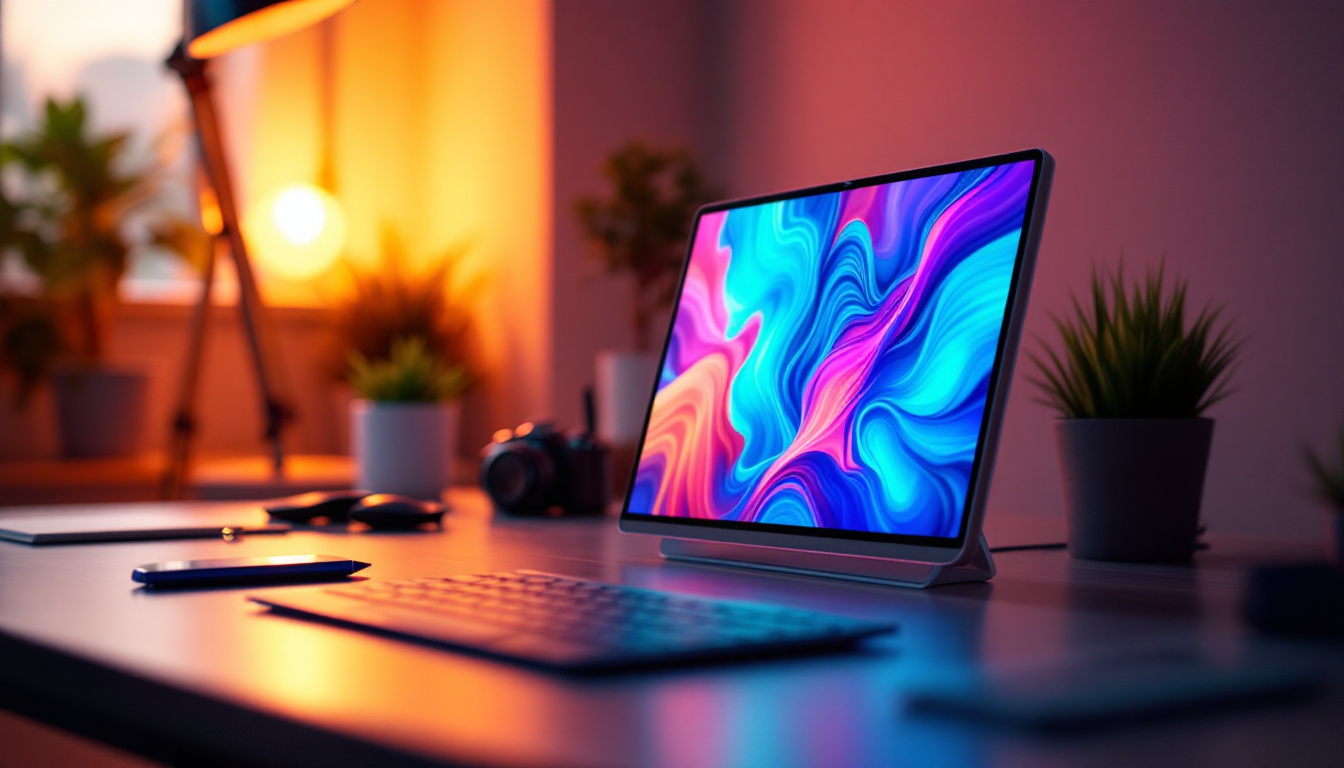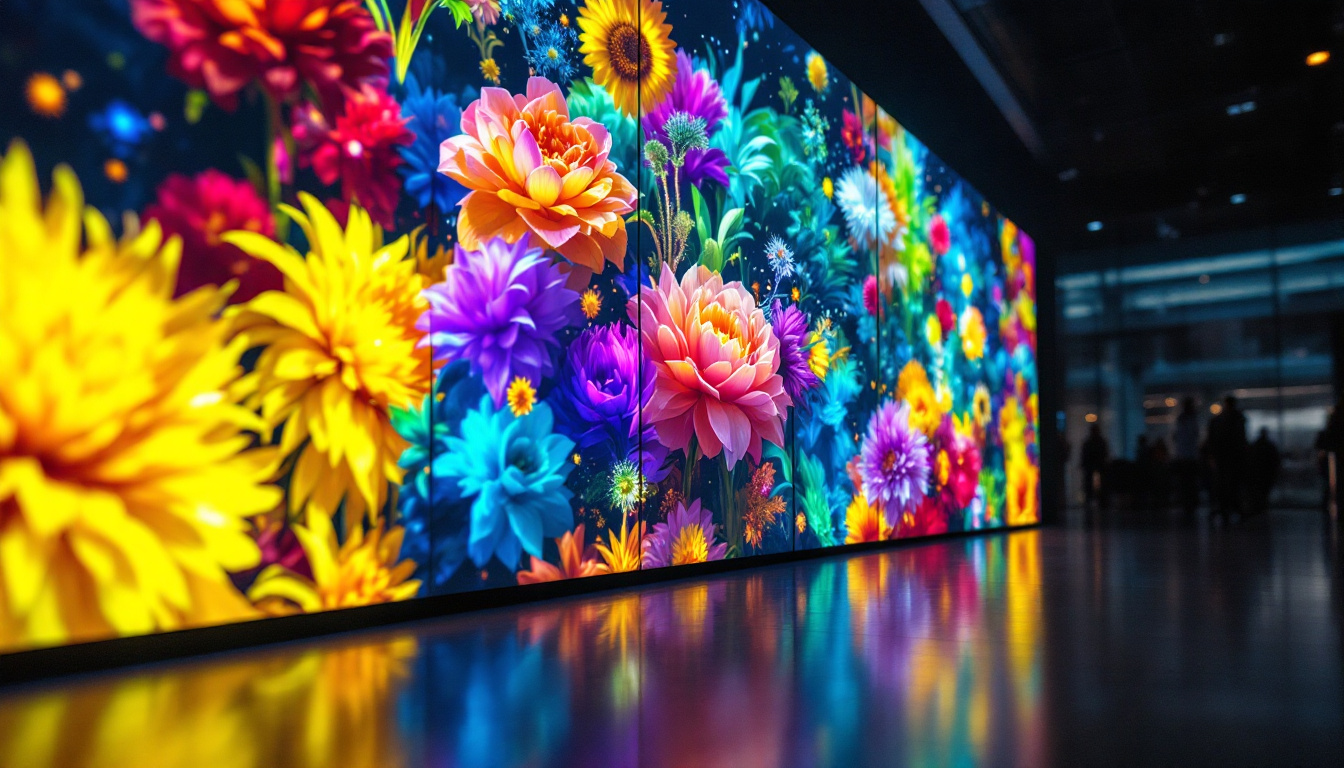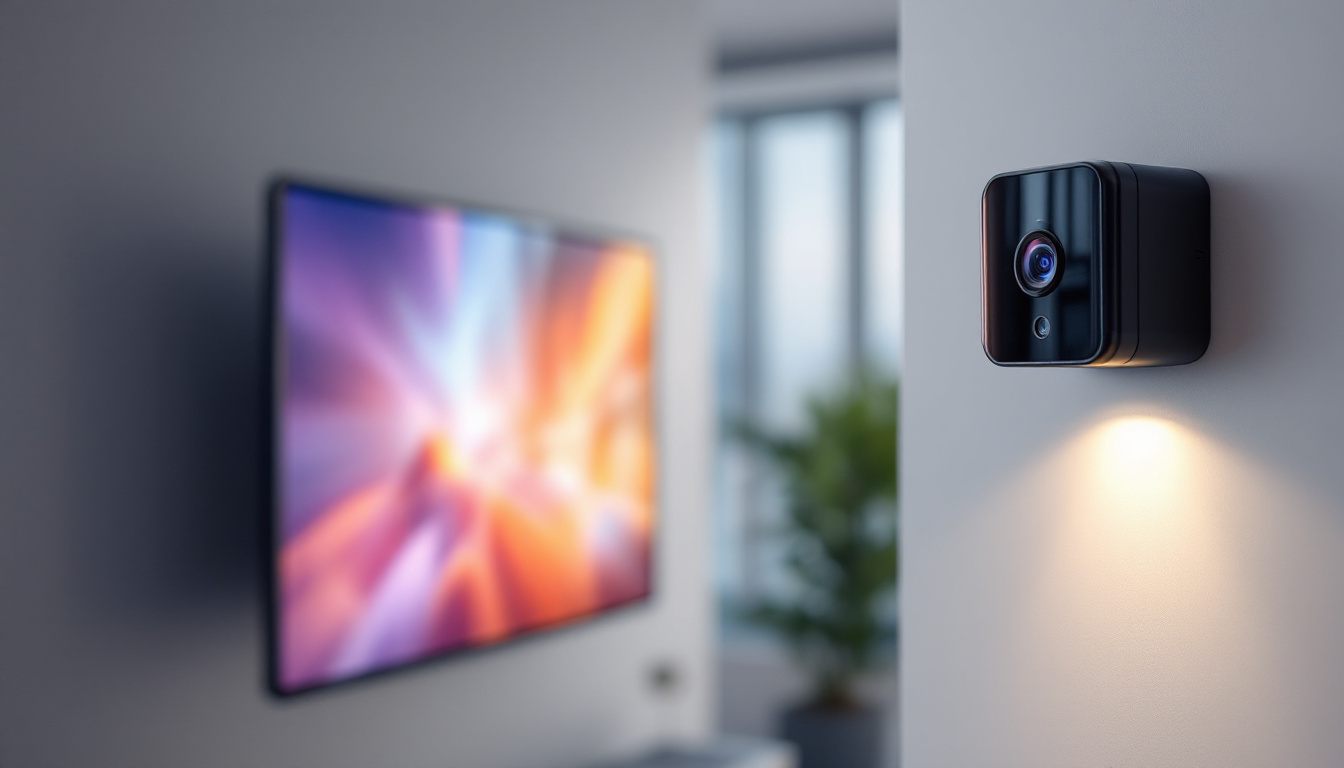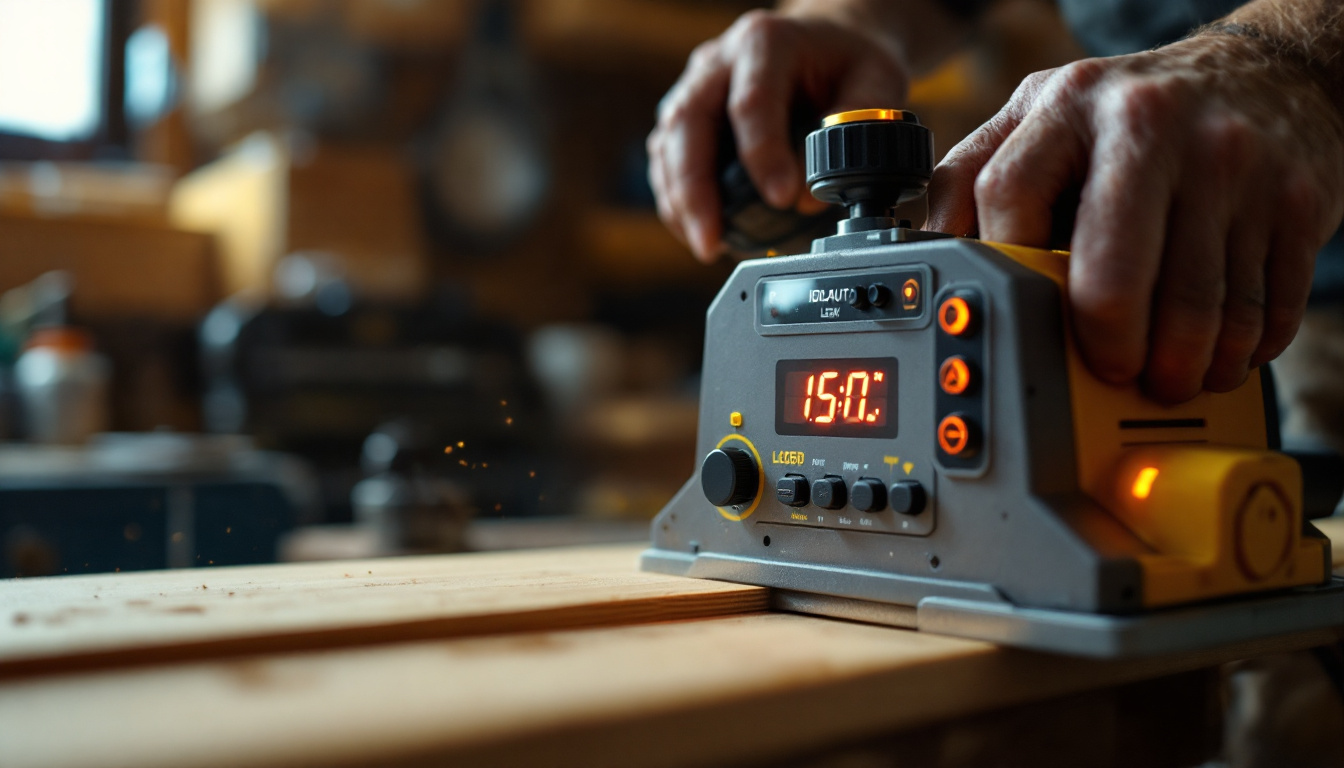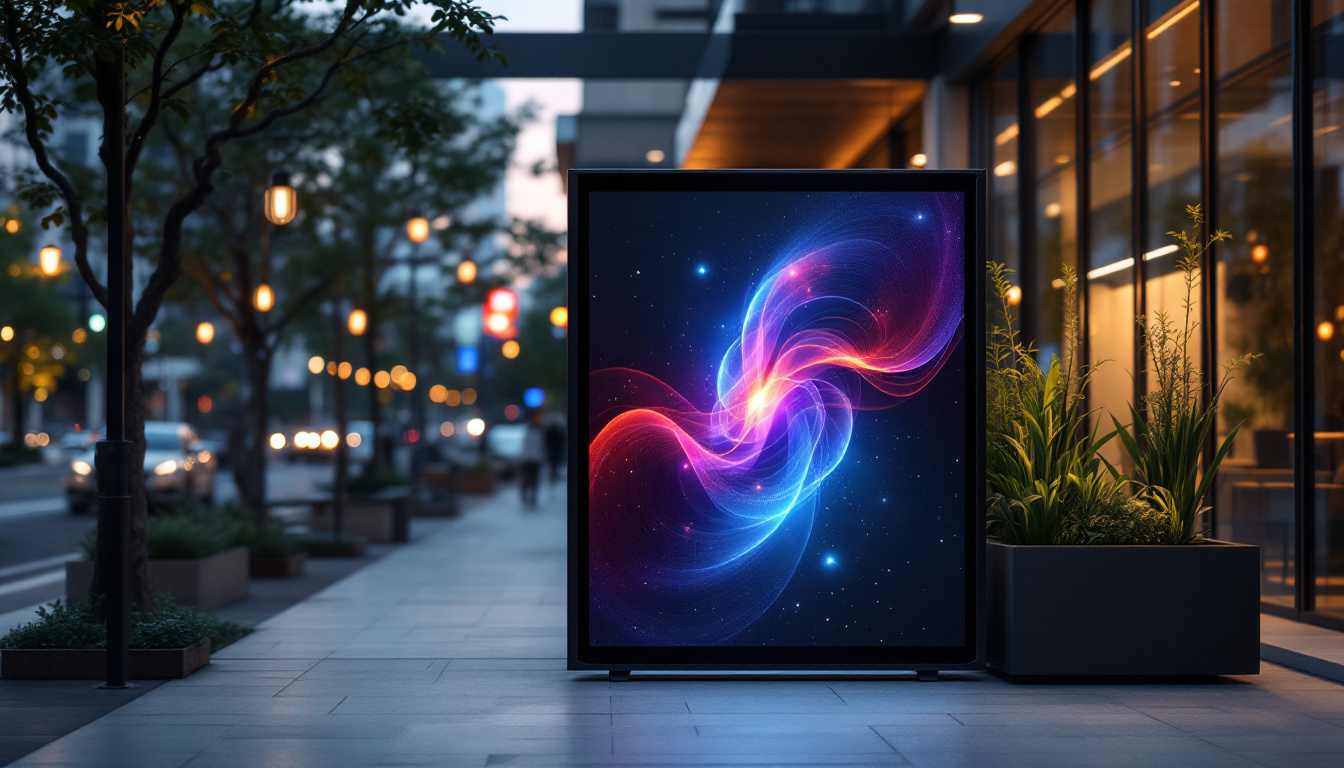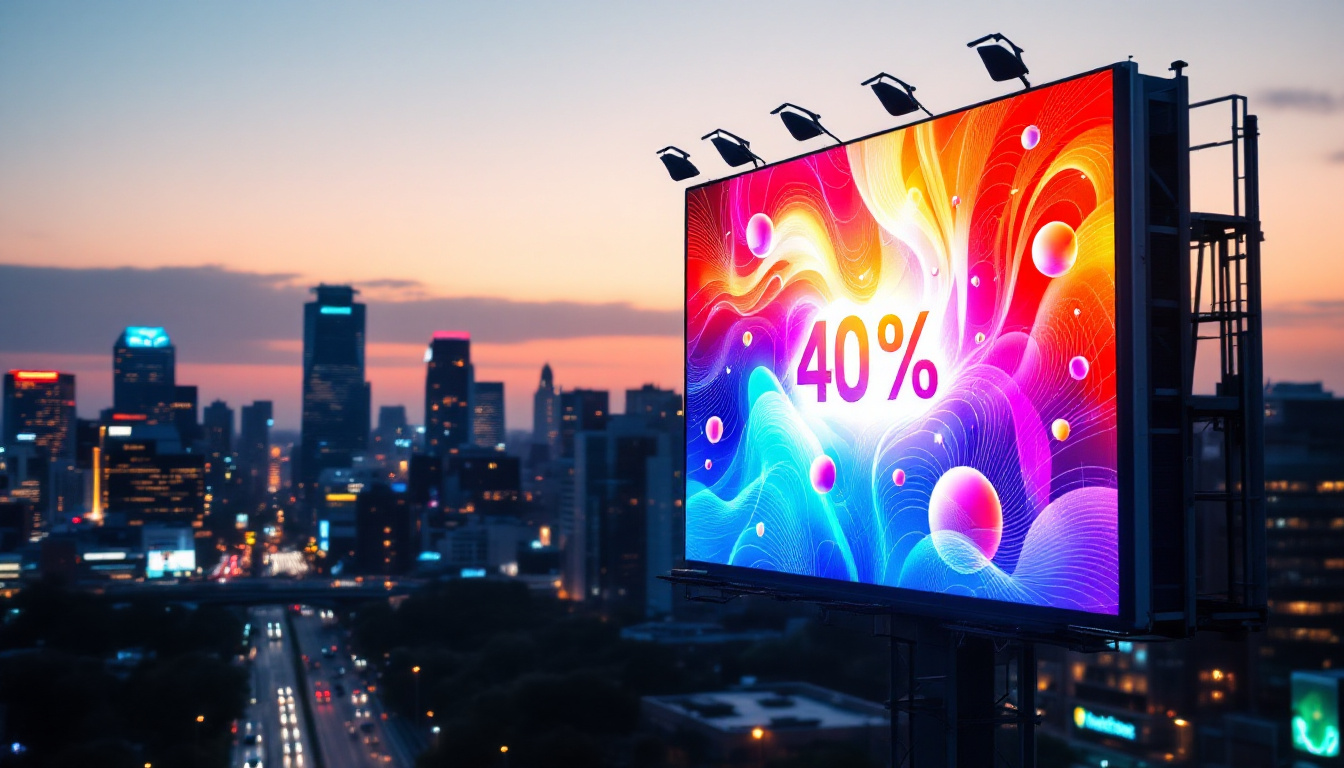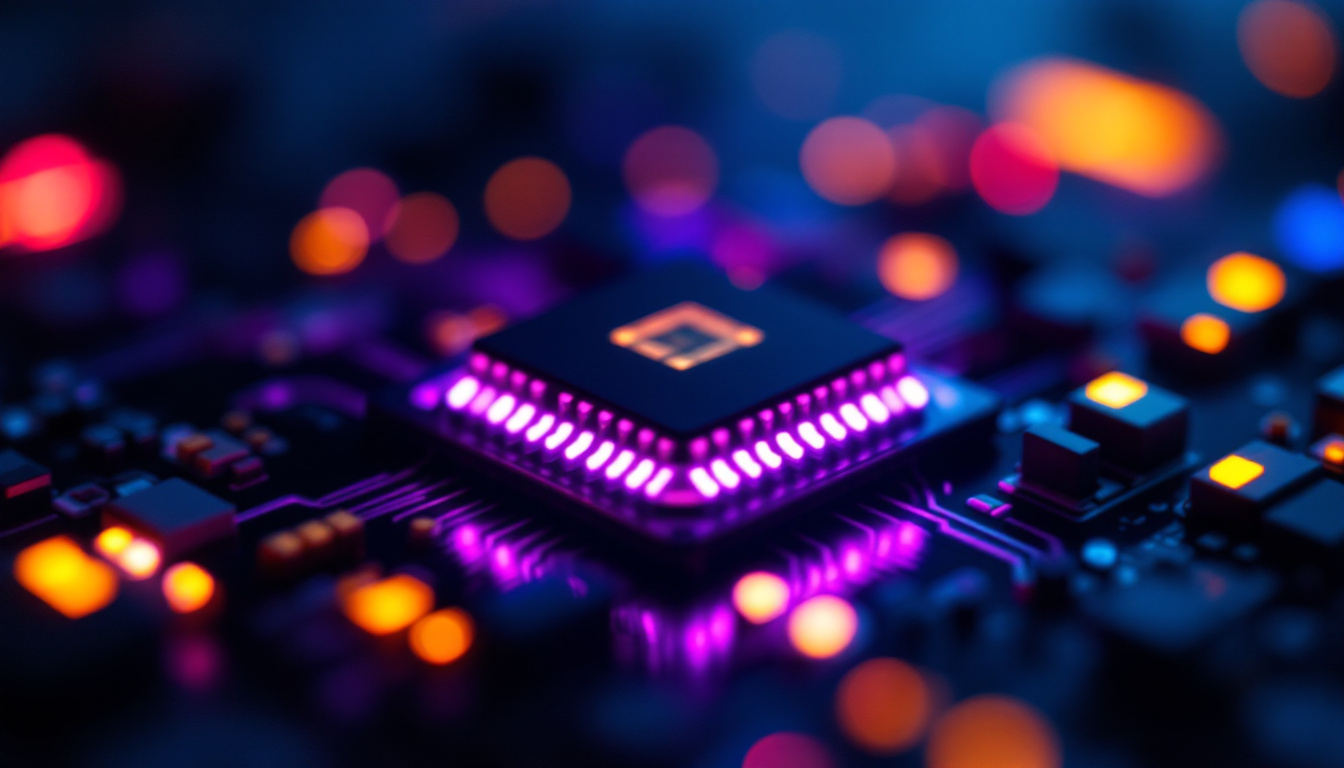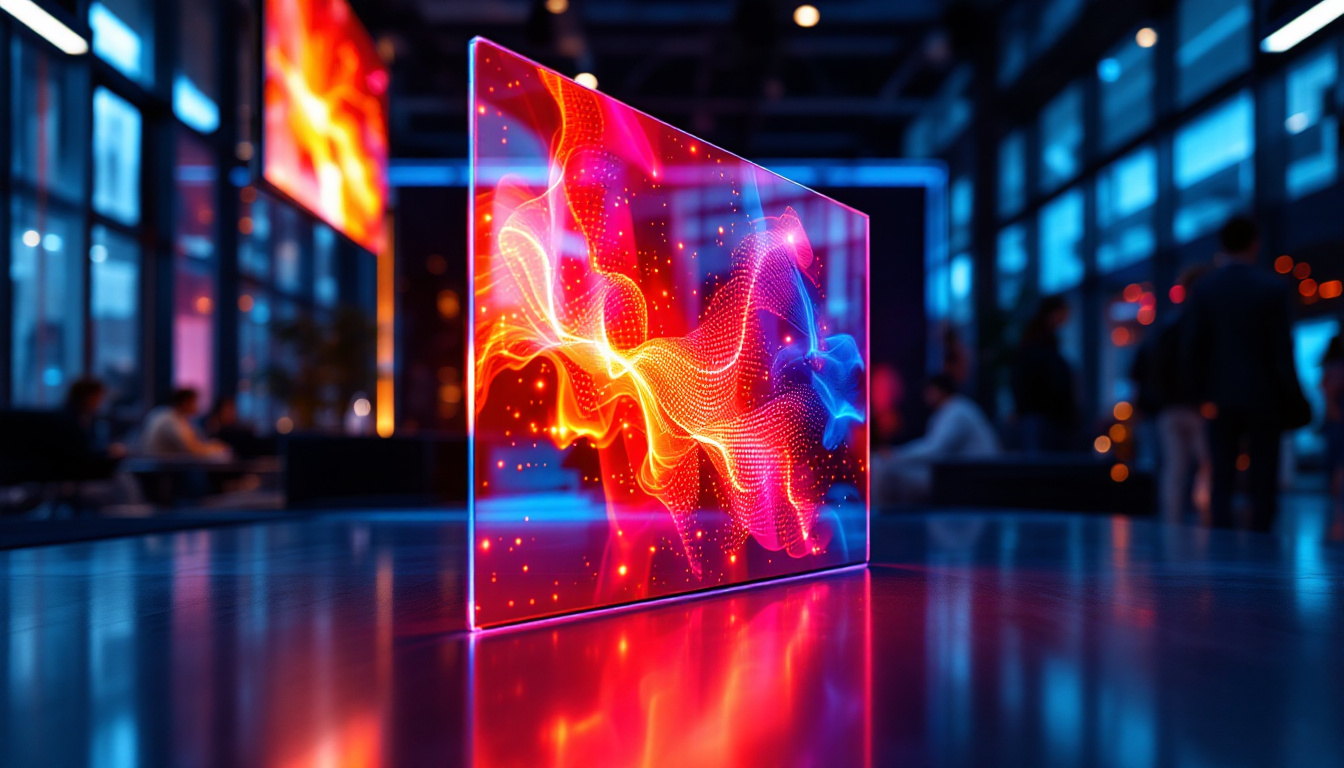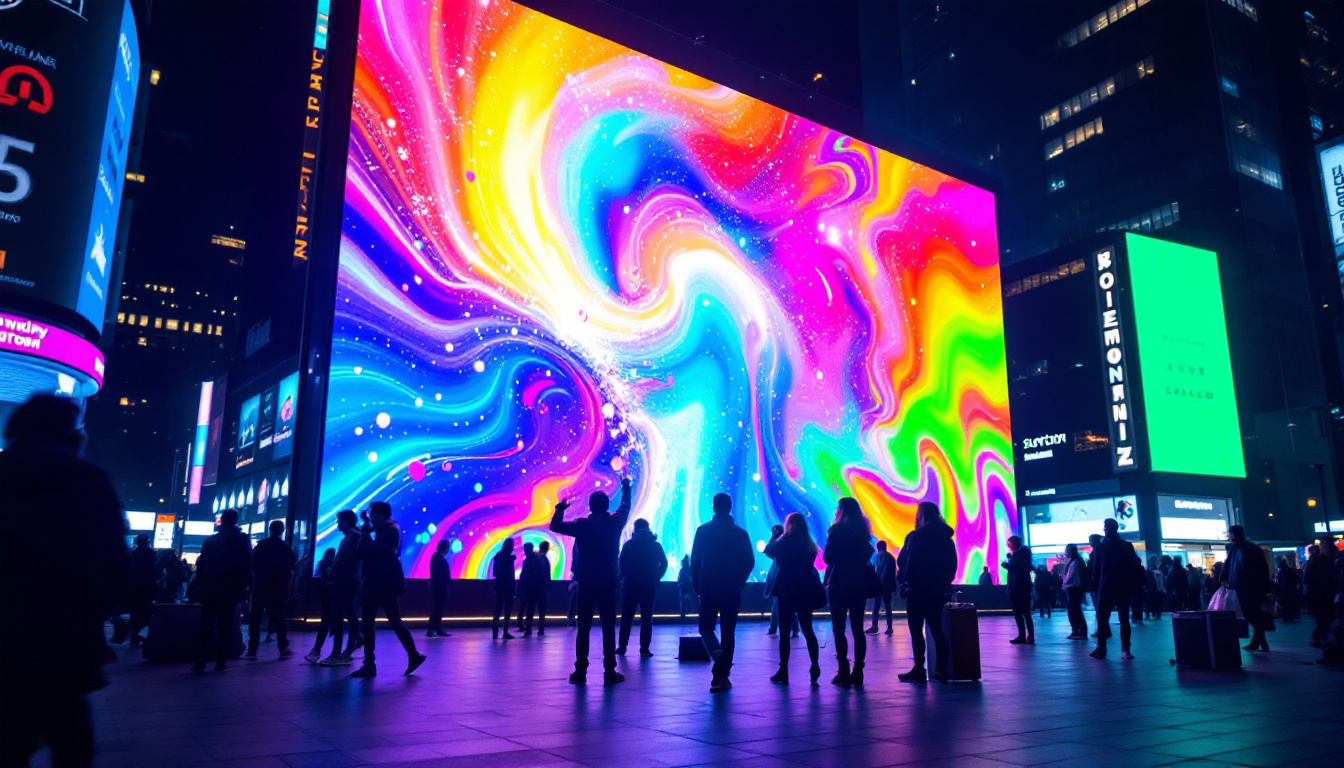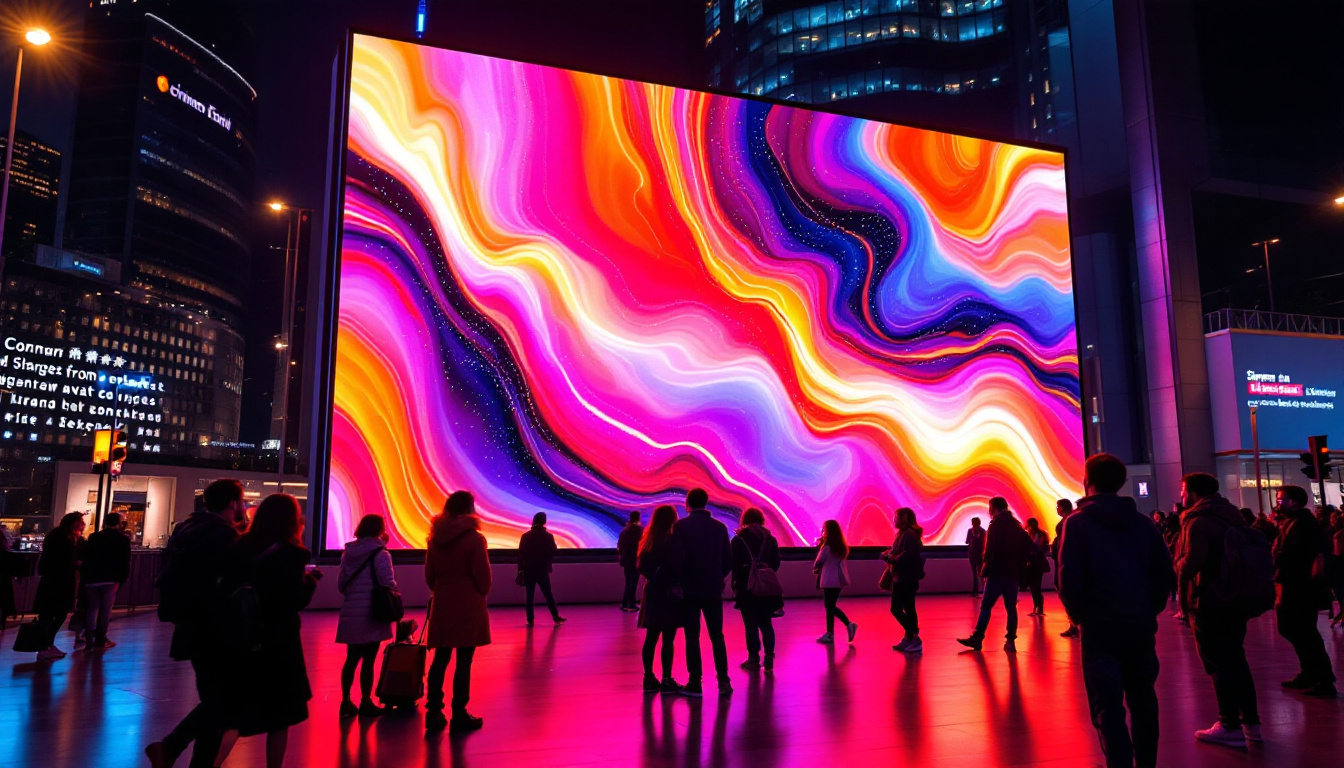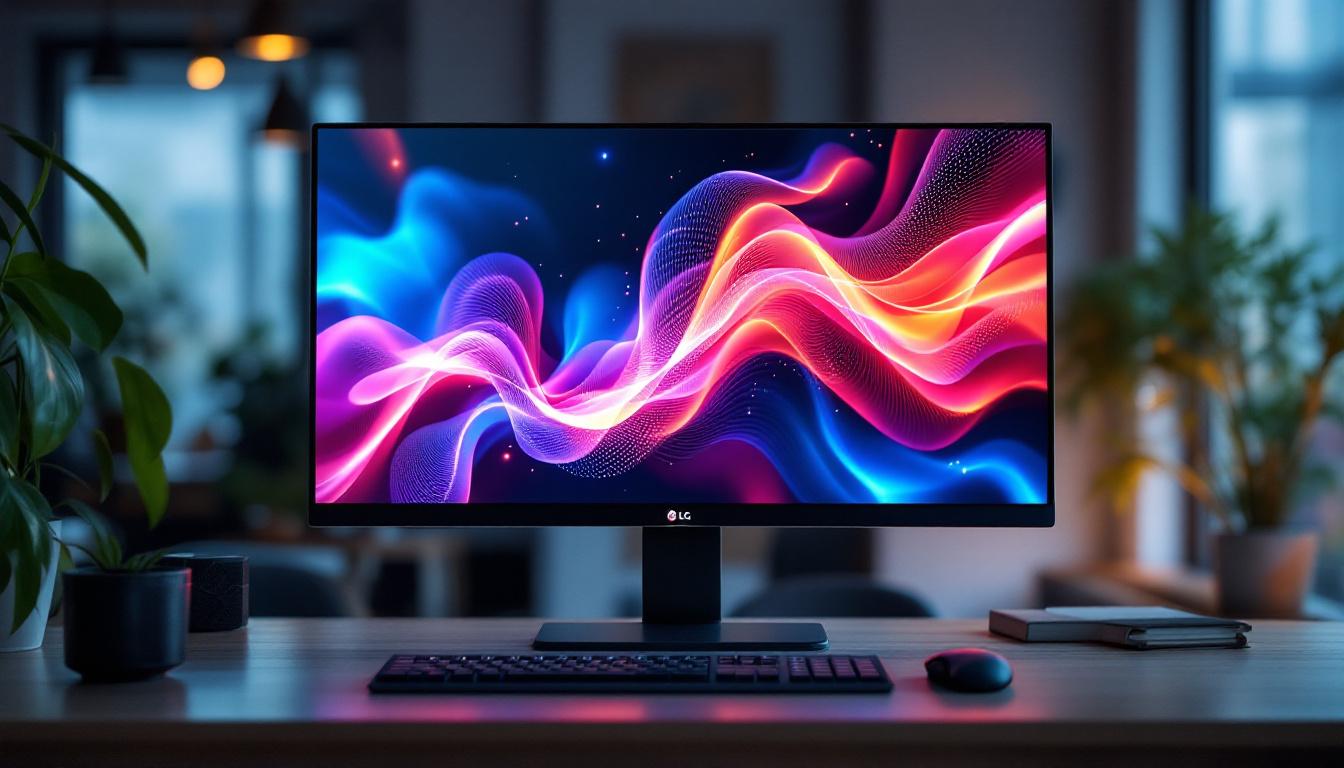In today’s fast-paced world, communication is key. Whether it’s in a corporate environment, educational institution, public space, or retail setting, the ability to convey messages quickly and effectively can make all the difference. Large notice boards equipped with LED displays have revolutionized how information is shared, offering dynamic, eye-catching, and versatile solutions that traditional boards simply cannot match.
This article explores the technology behind large LED notice boards, their benefits, applications, and the factors to consider when choosing the right display for your needs. By understanding these aspects, organizations and individuals can make informed decisions that enhance communication and engagement.
Understanding LED Display Technology
What is an LED Display?
LED stands for Light Emitting Diode, a semiconductor device that emits light when an electric current passes through it. LED displays are composed of thousands, sometimes millions, of these tiny diodes arranged in a matrix to form images, text, or video. Unlike traditional notice boards that rely on static printed materials or manual updates, LED displays provide dynamic content that can be changed instantly.
Large LED notice boards utilize these diodes to create bright, vibrant visuals that are visible from long distances and under various lighting conditions. The technology behind these displays has evolved significantly, resulting in higher resolution, better color accuracy, and improved energy efficiency. Additionally, modern LED displays often incorporate advanced features such as touch interactivity and integration with social media platforms, allowing for real-time updates and audience engagement. This adaptability makes LED displays not just a tool for information dissemination but also a medium for creative expression.
Types of LED Displays for Notice Boards
There are several types of LED displays used for large notice boards, each with unique characteristics suited to different environments and purposes:
- Indoor LED Displays: Designed for controlled lighting environments such as conference rooms, schools, or shopping malls. These displays have higher pixel density, providing sharper images and text. They often feature advanced color calibration technologies to ensure that the displayed content maintains its vibrancy and clarity, even from varying angles.
- Outdoor LED Displays: Built to withstand weather conditions like rain, wind, and sunlight. They feature higher brightness levels, weatherproof casings, and often include anti-glare technology to maintain visibility in direct sunlight. Furthermore, outdoor displays are typically equipped with robust cooling systems to prevent overheating during prolonged exposure to high temperatures.
- Fixed LED Displays: Permanently installed notice boards that serve as long-term communication tools in places like stadiums, airports, or corporate campuses. These displays can be customized in size and shape to fit specific architectural designs, enhancing both functionality and aesthetic appeal.
- Mobile LED Displays: Portable units mounted on vehicles or trailers, ideal for temporary events, road safety notices, or promotional campaigns. The versatility of mobile displays allows for easy relocation and setup, making them perfect for festivals, parades, or any event where visibility is key.
In addition to these types, LED technology is also being integrated into innovative formats such as transparent displays and flexible screens. Transparent LED displays are particularly fascinating, as they allow for visibility through the screen while still showcasing vibrant content, making them ideal for retail environments where product visibility is crucial. Flexible LED screens, on the other hand, can be bent and shaped to fit unconventional spaces, opening up new possibilities for creative installations in both commercial and artistic settings. As the demand for eye-catching visual communication continues to grow, the evolution of LED display technology promises to redefine how we convey information in public spaces.
Benefits of Large LED Notice Boards
Enhanced Visibility and Engagement
One of the most significant advantages of LED notice boards is their exceptional visibility. With brightness levels often exceeding 5,000 nits for outdoor displays, messages remain clear and readable even in direct sunlight. This makes them ideal for high-traffic areas where capturing attention is crucial.
Moreover, the ability to display dynamic content such as animations, videos, and real-time updates increases engagement. Studies show that digital signage can boost message retention by up to 47% compared to static signs, making LED notice boards a powerful communication tool.
Flexibility and Real-Time Updates
Unlike traditional notice boards that require manual changes, LED displays can be updated instantly via software. This flexibility allows organizations to respond quickly to changing information needs, whether it’s emergency alerts, event schedules, or promotional offers.
For example, a university can update class schedules or campus announcements in real-time, while a retail store can adjust pricing and promotions throughout the day. This adaptability reduces labor costs and minimizes the risk of outdated information being displayed.
Energy Efficiency and Longevity
Modern LED technology is highly energy-efficient compared to older display technologies like incandescent or fluorescent lighting. LEDs consume less power, generate less heat, and have longer lifespans, often exceeding 100,000 hours of operation.
This translates to lower operating costs and reduced environmental impact. Additionally, many LED notice boards come with energy-saving features such as automatic brightness adjustment based on ambient light, further optimizing power consumption.
Applications of Large LED Notice Boards
Corporate and Industrial Environments
In corporate settings, large LED notice boards serve as central communication hubs. They can display important announcements, safety information, performance metrics, or motivational messages. For industries with shift work, real-time updates on production targets or safety alerts can improve operational efficiency and employee awareness.
For example, manufacturing plants often use LED displays to show live production data, helping teams monitor progress and identify issues quickly. This transparency fosters collaboration and accountability.
Education and Public Institutions
Schools, colleges, and universities benefit greatly from LED notice boards by enhancing communication with students, staff, and visitors. These displays can showcase event schedules, emergency notifications, campus news, and even interactive content like social media feeds.
Public institutions such as libraries, community centers, and government offices also use LED boards to provide timely information and improve public engagement. In some cities, LED notice boards are integrated with smart city initiatives to display traffic updates, weather alerts, and public service announcements.
Retail and Advertising
Retailers leverage large LED notice boards to attract customers and promote products. The ability to show vibrant advertisements, flash sales, and brand messages in real-time enhances the shopping experience and drives sales.
Outdoor LED billboards have become a staple in urban advertising, with digital out-of-home (DOOH) advertising expected to reach over $20 billion globally by 2025. This growth underscores the effectiveness of LED displays in capturing consumer attention in crowded marketplaces.
Key Considerations When Choosing an LED Notice Board
Resolution and Pixel Pitch
The resolution of an LED display is determined by its pixel pitch — the distance between the centers of two adjacent pixels. A smaller pixel pitch means higher resolution and sharper images, which is essential for displays viewed up close.
For large notice boards intended to be seen from a distance, a larger pixel pitch may suffice, reducing cost without compromising readability. For example, a pixel pitch of 10mm to 20mm is common for outdoor boards viewed from several meters away, while indoor displays often have pitches as low as 1.5mm.
Brightness and Contrast
Brightness is measured in nits, and adequate brightness ensures visibility in various lighting conditions. Outdoor LED boards typically require brightness levels of 5,000 nits or more, while indoor boards may only need between 800 and 1,500 nits.
Contrast ratio, the difference between the brightest white and darkest black, also affects image quality. High contrast ratios improve readability and make colors appear more vivid, enhancing the overall viewing experience.
Durability and Weather Resistance
For outdoor installations, durability is critical. LED notice boards must withstand exposure to rain, dust, extreme temperatures, and UV radiation. Look for displays with an IP65 or higher rating, indicating strong protection against water and dust ingress.
Additionally, robust enclosures and impact-resistant screens help prevent damage from vandalism or accidental impacts, ensuring longevity and reducing maintenance costs.
Control Systems and Software
The ease of managing content on an LED notice board depends largely on the control system and software provided. Modern systems offer user-friendly interfaces, remote access, scheduling capabilities, and integration with other digital platforms.
Some software solutions also include analytics features, allowing organizations to track engagement and optimize content strategy. Choosing a system compatible with existing IT infrastructure simplifies deployment and ongoing management.
Future Trends in LED Notice Board Technology
Integration with IoT and Smart Technologies
The Internet of Things (IoT) is transforming LED notice boards into intelligent communication nodes. By connecting displays to sensors and data sources, content can be tailored dynamically based on factors like foot traffic, weather, or time of day.
For instance, a smart LED board in a shopping mall could promote indoor navigation during peak hours or display personalized offers based on customer demographics. This level of interactivity enhances user experience and maximizes the effectiveness of messaging.
Advancements in MicroLED and Transparent Displays
Emerging technologies such as MicroLED promise even higher resolution, better color accuracy, and improved energy efficiency compared to traditional LEDs. These displays use microscopic LEDs to create images, enabling thinner, brighter, and more flexible screens.
Transparent LED displays are also gaining traction, allowing notice boards to function as windows or glass partitions while still showing digital content. This innovation opens new possibilities for retail storefronts, museums, and architectural applications.
Sustainability and Eco-Friendly Design
As environmental concerns grow, manufacturers are focusing on sustainable materials and energy-saving designs. LED notice boards with recyclable components, low power consumption, and smart energy management systems contribute to greener operations.
Organizations prioritizing sustainability can benefit from reduced carbon footprints and compliance with environmental regulations, aligning their communication tools with broader corporate social responsibility goals.
Conclusion
Large LED notice boards have become indispensable tools for effective communication across various sectors. Their ability to deliver bright, dynamic, and real-time content makes them superior to traditional notice boards in capturing attention and conveying important information.
By understanding the technology, benefits, applications, and key considerations outlined in this article, decision-makers can select the most suitable LED display solutions tailored to their specific needs. As LED technology continues to evolve, these displays will only become more versatile, engaging, and sustainable, shaping the future of public and corporate communication.
Discover LumenMatrix LED Display Solutions
Ready to elevate your communication strategy with the latest in LED technology? LumenMatrix is at the forefront of innovation, offering a diverse range of LED display solutions tailored to your unique needs. From vibrant Indoor and Outdoor LED Wall Displays to dynamic Vehicle and Sports LED Displays, our products are designed to captivate your audience and amplify your message. Experience the future of visual engagement with our Custom, All-in-One, and Transparent LED Displays. Check out LumenMatrix LED Display Solutions today and transform the way you connect with the world.



